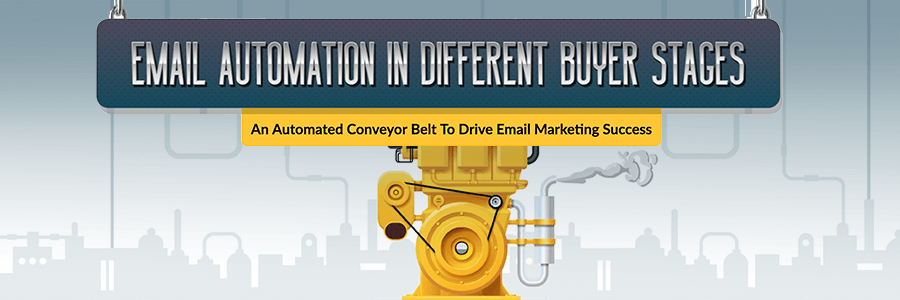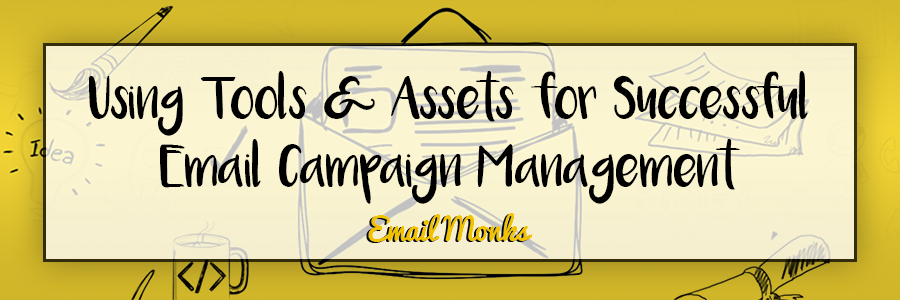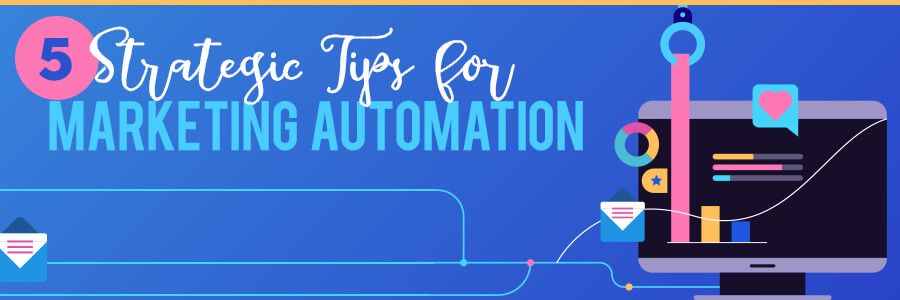
How to Use Email Automation to Effectively Engage Your Subscribers [with Infographic]
Table of Contents
Your email marketing will not be effective unless you are sending the right message to the right person at the right time. For an email marketer, it is difficult to send thousands of personalized emails according to a subscriber’s specific buyer journey.
Enter Email Automation…
Email automation works like a machine that helps to send customized emails to prospects based on their activity and stage of the buyer’s journey. These are time and behavior-based emails triggered to subscribers when they meet pre-defined criteria.
Pre-requisites for Email Automation
The effectiveness of your email automation depends on the tools and factors enlisted below:
- Type of Email Service Provider (ESP)
- Deliverability score
- Workflow for trigger identification
- Clear expectation or KPI at every stage of the sale cycle
- Real-time website activity analysis
- Lead capture form and landing pages
- Demographic data for segmentation
- Customer journey
- Recommendation engine (applicable to e-commerce)
Different Stages of Email Automation
- Onboarding Stage
In the onboarding stage, the prospective customer is informed about the brand and incentivized to increase the likelihood of conversions. - Lead nurturing Stage
The leads are made aware of the brand’s offerings and persuaded to make a purchase decision by sending relevant newsletters. - Promotional Stage
The promotional stage includes sending lucrative deals to the prospects and showcasing the testimonials that would build customer trust, thereby convincing them to buy. - Post-purchase Stage
It is imperative to keep the customers engaged once they have completed the purchase. Send your customers a feedback email to let them know that you care. This will help to build customer loyalty and engage them better. - Behavior-triggered Stage
Transactional emails like password reset emails, order confirmation emails, cart abandonment emails, etc. should be sent as soon as the prospects complete a specific action. - Re-engagement Stage
Dormant subscribers can be revived with the help of re-engagement emails. Send them a relevant incentive like a discount coupon and let them know what they are missing. Moreover, you can give them an option to modify their preferences by sharing the link to a preference center.
If you are looking for an in-depth insight into email automation, have a look at the infographic created by EmailMonks: Email Automation in Different Buyer Stages.
 Source: How to Plan Email Automation at Every Stage of the Buyers Journey
Source: How to Plan Email Automation at Every Stage of the Buyers Journey
Pinpointe Newsletter
Join the newsletter to receive the latest updates in your inbox.



